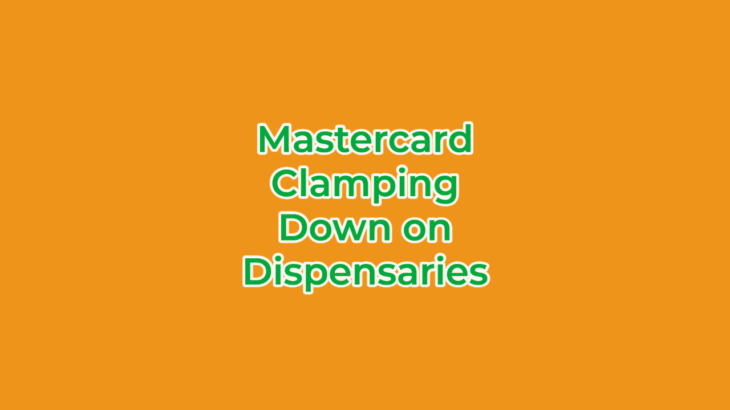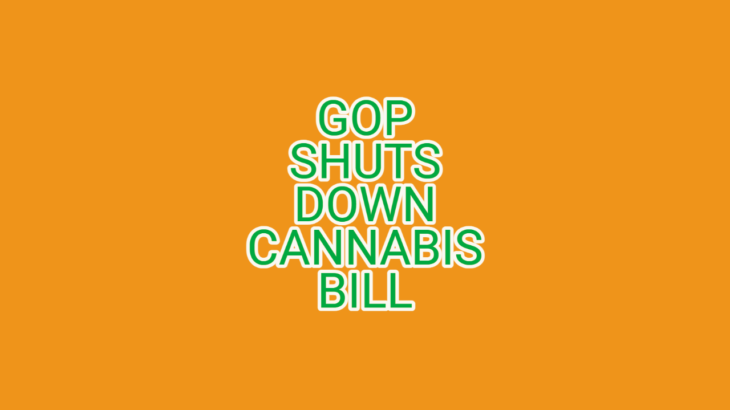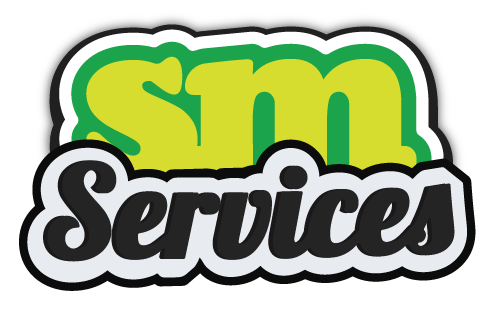What Is Programmatic Display Advertising?
In the rapidly evolving world of digital marketing, businesses are constantly seeking more efficient ways to reach their target audience. One of the most effective tools for achieving this critical goal is programmatic display advertising. This automated method of buying and selling online ad space allows advertisers to engage with their audience more precisely and in real-time. But what is programmatic display, and how does it work?
Programmatic display advertising has revolutionized the way companies approach digital marketing. By automating the entire process from start to finish, it eliminates the need for traditional negotiations and manual processes, making advertising more efficient, scalable, and data-driven. Let’s take a moment to delve into the fundamentals of programmatic display advertising, explore how it works, and provide tips for implementing it effectively.
The Basics: What is Programmatic Display Advertising?
To answer the question, “what is programmatic display?” we first need to understand the term “programmatic.” In the context of advertising, programmatic refers to the use of automated software to purchase digital advertising space. Instead of relying on human negotiation and manual insertion orders, programmatic buying allows advertisers to use algorithms and data to target ads to specific audiences at the right time and place.
Programmatic display advertising refers specifically to the automated buying and selling of display ad space, which includes banner ads, video ads, and rich media ads displayed across websites, mobile apps, and even social media platforms. These ads are placed in front of users based on their demographics, behavior, and interests, making them highly relevant and effective. It’s the most efficient form of geo-targeting for cannabis brands.
In short, programmatic display advertising is the process of using technology to buy and display digital ads in an automated, data-driven manner. This allows advertisers like Seedless Media to reach a desired audience with precision on behalf of clients.
How Does Programmatic Display Advertising Work?
Now that we’ve answered “what is programmatic display,” let’s explore how the process works.
Advertiser’s Campaign Setup: The process begins with an advertiser (a company or brand) setting up their campaign. This includes defining the target audience, budget, goals, and ad creatives. For instance, an online retailer might want to target young adults in a specific location who have previously shown interest in fashion.
Demand-Side Platform (DSP): Advertisers use a DSP to manage their programmatic campaigns. A DSP is a software platform that allows advertisers to buy ad inventory automatically. It’s where the bidding for ad space occurs in real-time.
Supply-Side Platform (SSP): Publishers (websites or apps) that have ad space to sell use an SSP to manage their inventory. The SSP makes the publisher’s inventory available for purchase by advertisers via an auction.
Real-Time Bidding (RTB): The core of programmatic display advertising is real-time bidding. When a user visits a website, an auction takes place in milliseconds to determine which ad will be shown to that particular user. The advertiser willing to pay the highest price for that user’s attention wins the auction, and their ad is displayed.
Ad Display: Once the auction is won, the ad is displayed to the user in real-time. Because the process happens so quickly, the user typically doesn’t notice the intricate mechanism behind the ad that appears on their screen.
Performance Monitoring and Optimization: Throughout the campaign, advertisers track the performance of their ads. This includes monitoring metrics like impressions, clicks, conversions, and return on ad spend (ROAS). Based on this data, they can adjust their bidding strategy, audience targeting, or creatives to improve performance.
The Benefits of Programmatic Display Advertising
Programmatic display advertising offers several key advantages that make it an attractive option for advertisers:
- Efficiency: Programmatic automates the entire process, reducing the time and effort needed to buy and manage ad space. This allows advertisers to focus on strategy and creative development.
- Precision Targeting: Programmatic display enables advertisers to reach highly specific audiences based on data such as demographics, browsing behavior, location, and interests. This level of precision ensures that ads are shown to the most relevant users.
- Real-Time Optimization: Because the process is automated, advertisers can continuously optimize their campaigns in real-time. They can adjust bids, targeting, and creatives based on live performance data, leading to better results.
- Cost-Effectiveness: By using real-time bidding, advertisers only pay for impressions that are valuable to them, which maximizes their return on investment (ROI).
How to Implement Effective Programmatic Display Advertising
Now that we have a solid understanding of “what is programmatic display” and how it works, let’s discuss how to implement it effectively. A successful programmatic campaign requires a well-planned strategy and the right tools. Here are some steps to ensure success:
Define Clear Goals: Start by defining your objectives. Are you looking to increase brand awareness, drive traffic to your website, or generate leads? Clear goals will guide your campaign strategy and help measure its success.
Understand Your Audience: Audience segmentation is key to programmatic display advertising. Utilize data to define your target audience, including demographics, interests, and behaviors. The more specific your audience, the more effective your ads will be.
Choose the Right Platform: Selecting the right DSP is crucial. Different platforms offer different capabilities, so choose one that aligns with your goals and provides robust targeting and reporting features. Some popular DSPs include Google Display Network, Amazon DSP, and The Trade Desk.
Create Compelling Ad Creatives: No matter how sophisticated your targeting is, your ads need to be visually appealing and engaging. Make sure your ad creatives are designed to capture attention and encourage clicks. A/B testing different ad versions can also help determine what works best.
Monitor and Optimize in Real-Time: Programmatic advertising thrives on real-time data. Continuously monitor your campaign performance and make adjustments as needed. This may include changing your bid strategy, adjusting audience targeting, or updating creatives to improve results.
Leverage Data and Analytics: Data is the backbone of programmatic advertising. Use analytics tools to track key performance indicators (KPIs) like click-through rates (CTR), conversion rates, and cost per acquisition (CPA). By leveraging this data, you can refine your strategy and improve campaign efficiency.
Test and Scale: Programmatic display advertising offers the flexibility to test different strategies and scale successful ones. Start with smaller budgets to test various targeting and creative options, and then scale your campaign based on what works best.
Hopefully after reading this article, you can answer someone is they ask you the question, what is programmatic display advertising? It is a powerful, automated method for buying and managing digital ad space that enables advertisers to reach their target audience with precision and efficiency. Through real-time bidding, programmatic display advertising allows brands to serve relevant ads to users based on data and insights.
By leveraging the power of automation and data, programmatic display advertising provides a scalable and cost-effective solution for driving meaningful results in today’s competitive digital landscape. At Seedless Media, we’ve found programmatic display advertising to be one of the best forms of geo-targeting for cannabis brands. We work closely with clients to define their goals, understand their audience, and continuously monitor and optimize their campaigns for the robust results they need to grow their own business.










